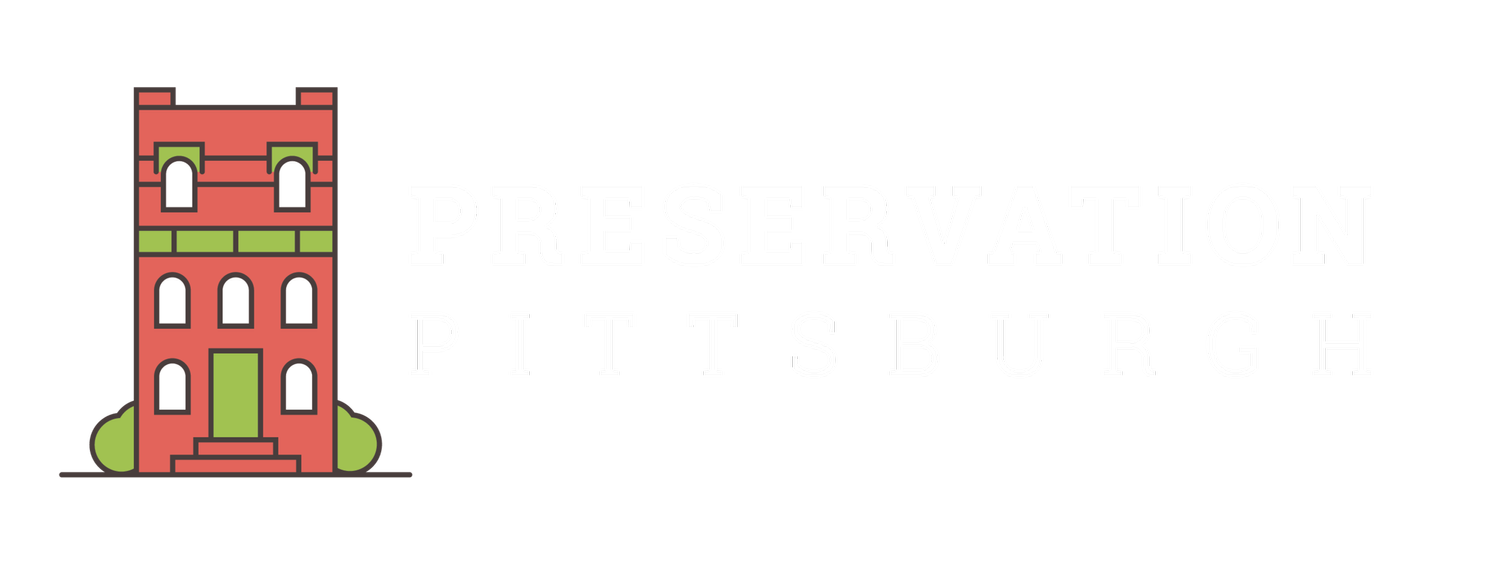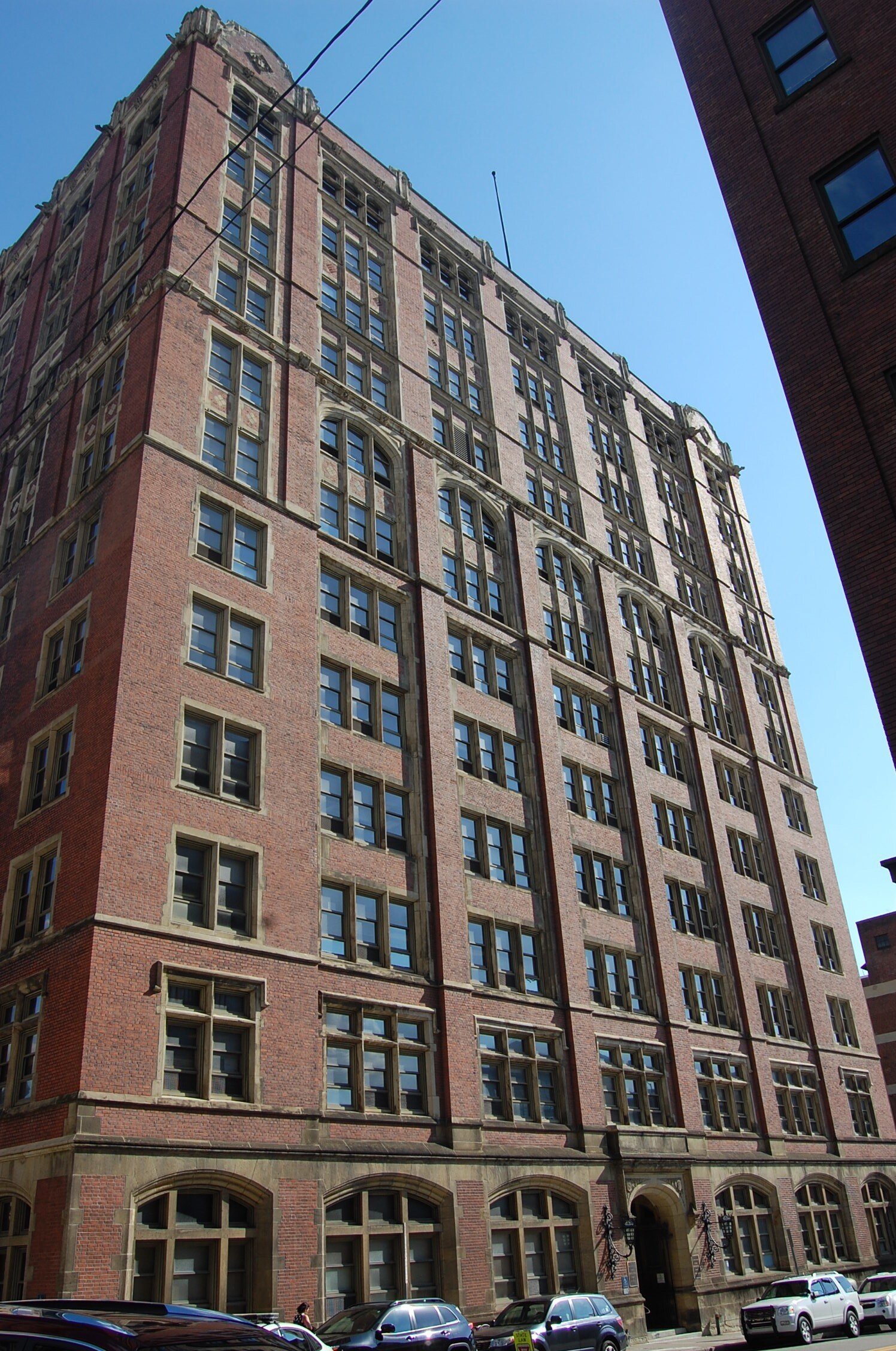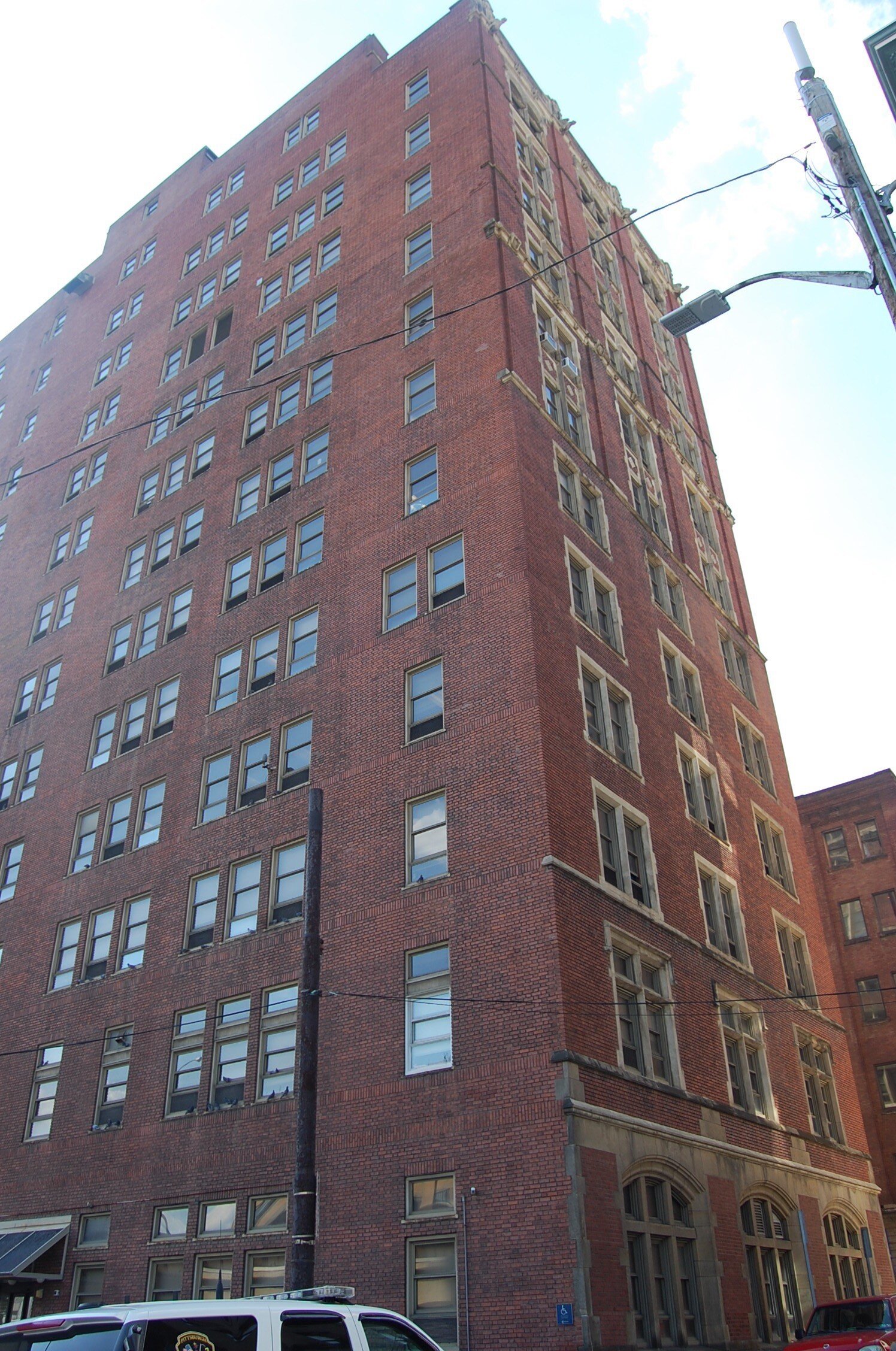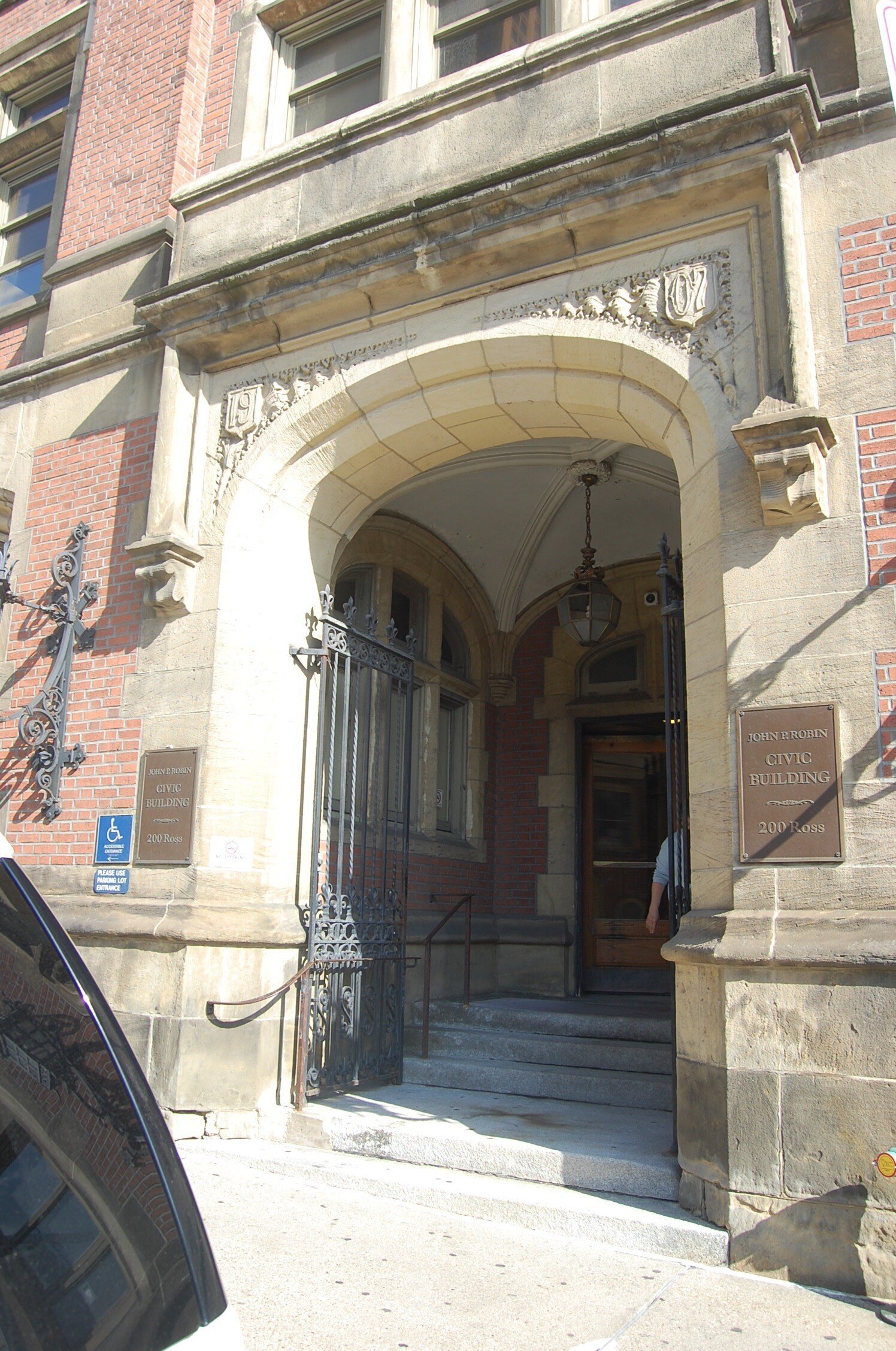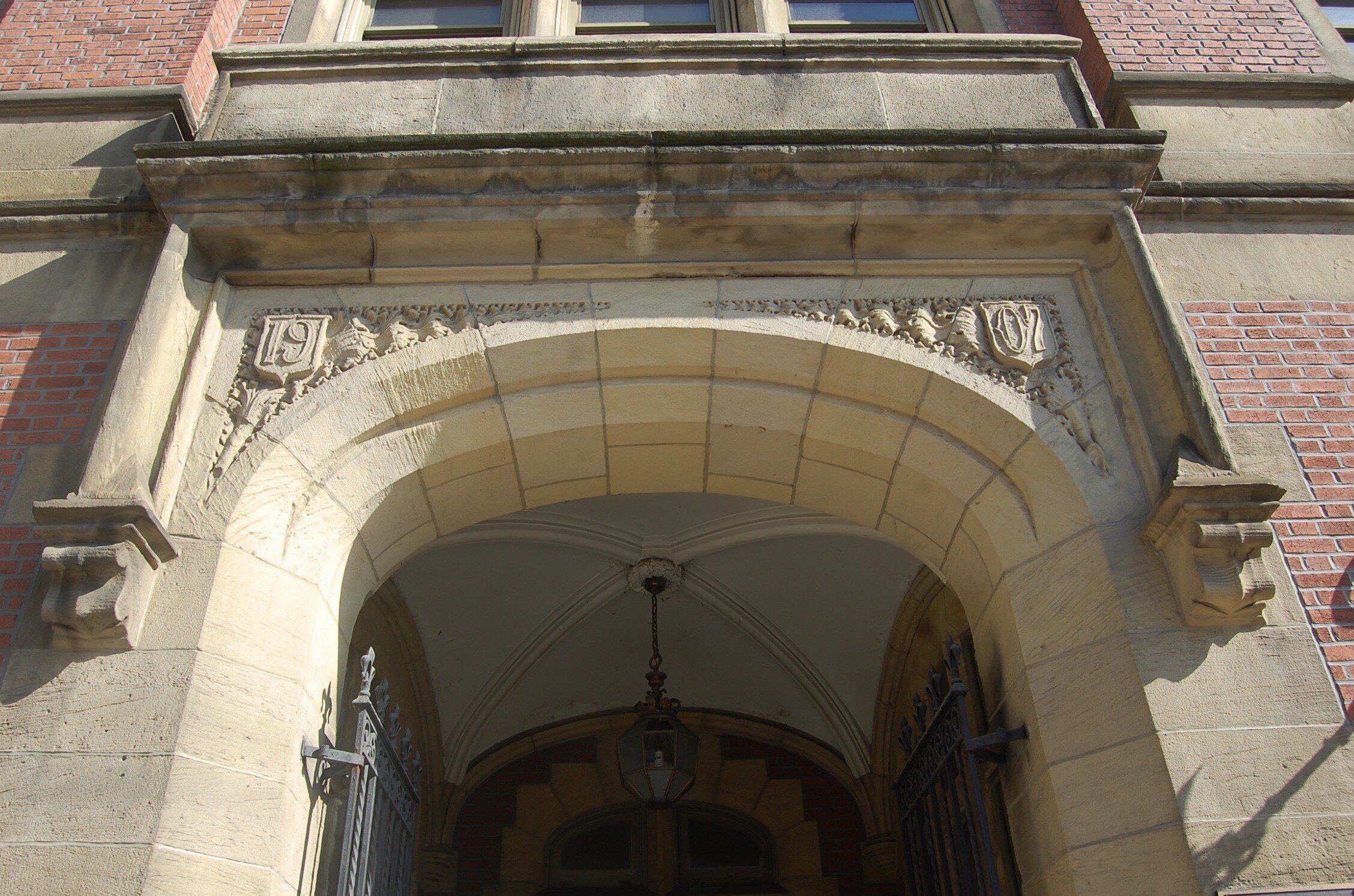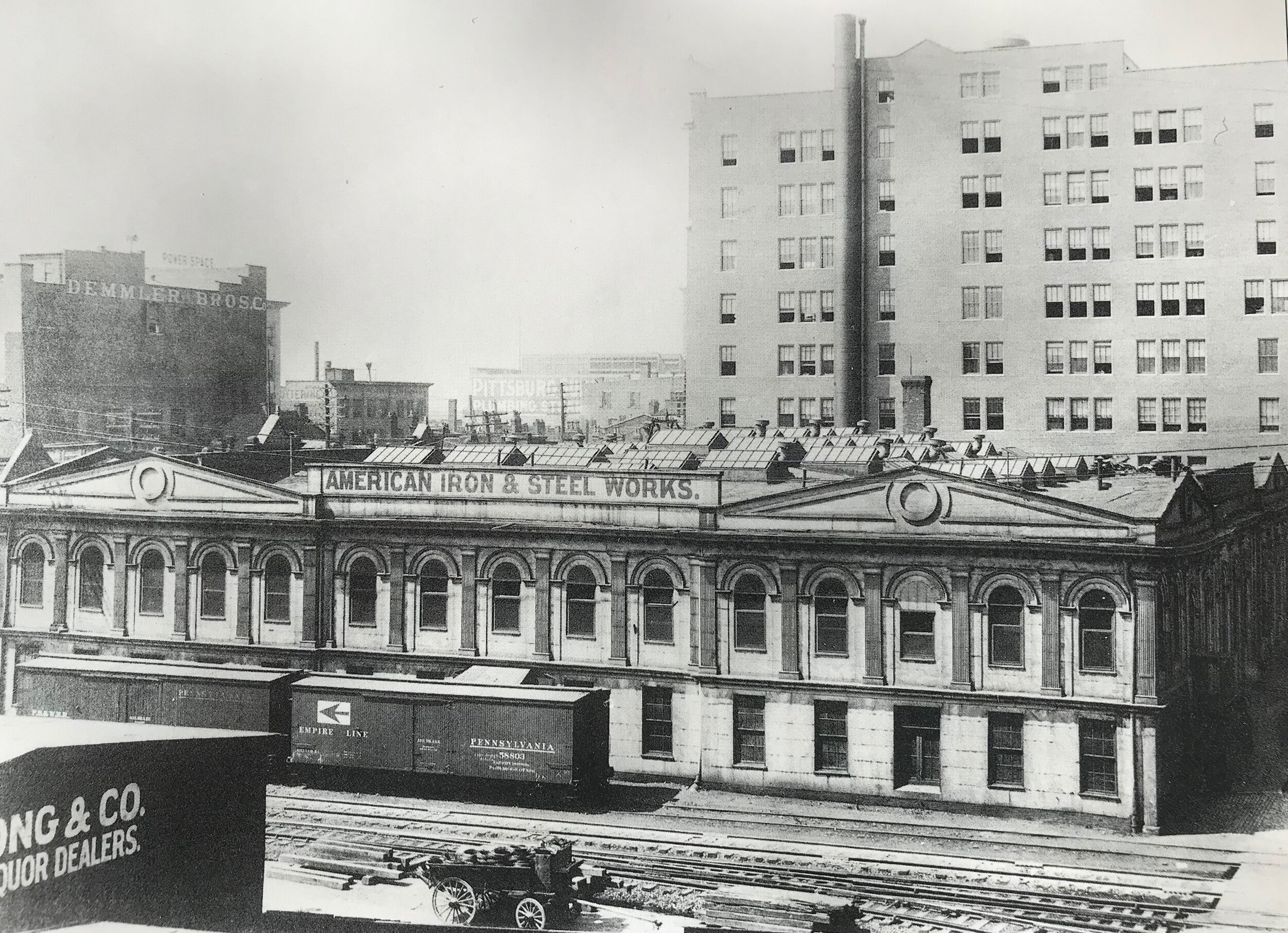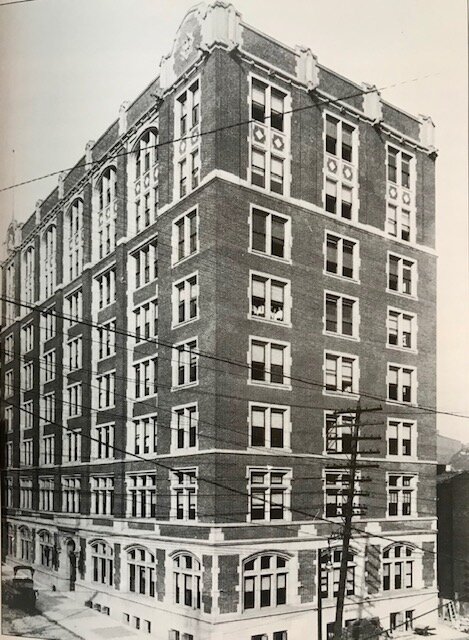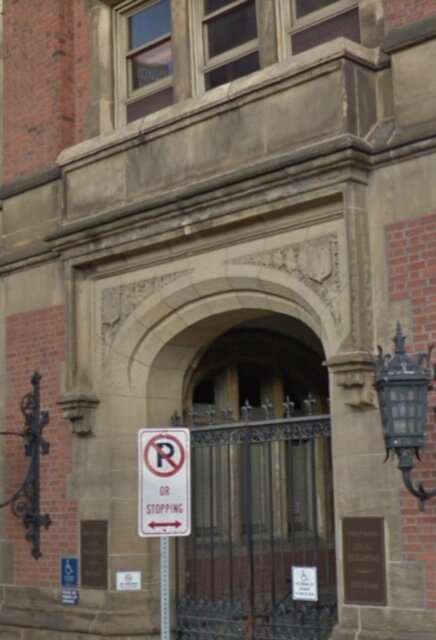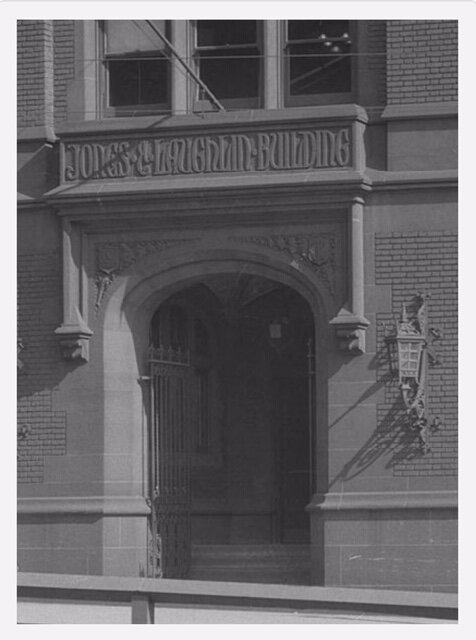The Jones & Laughlin Building was constructed in 1907 as the headquarters of the Jones & Laughlin Steel Company, one of the largest steel producers in the United States. Founded in 1853 as an iron manufacturer on the South Side, the company transitioned into steel production and built blast furnaces and vast mills on both sides of the Monongahela River and in Aliquippa.
Jones & Laughlin designed the steel structure of its office building at its Keystone Works structural plant, which moved from the South Side to Second Avenue in the Hazelwood portion of the facility in 1908. The company engaged architects MacClure and Spahr to design the building’s exterior skin and interior spaces. The company commissioned five additional stories to be added to the Jones & Laughlin Building in 1916, and this addition—also designed by MacClure and Spahr with structural steel plans by the J&L Keystone Works—was constructed in 1917.
Jones & Laughlin management relocated from 200 Ross Street to more modern accommodations at Gateway Center in 1952. The City of Pittsburgh and a pair of quasi-governmental city agencies—the Urban Redevelopment Authority of Pittsburgh (URA) and the Housing Authority of the City of Pittsburgh (HACP)—purchased the building from the Jones & Laughlin Corporation in 1952. They renamed it the John P. Robin Civic Building, after the first executive director of the URA, who led the agency’s efforts to implement Renaissance I in the 1940s and 50s.
The Jones & Laughlin Building should be considered an historic landmark because it is directly associated with the activities of the Jones & Laughlin Steel Corporation and its impact on the economy, urban geography, and identity of Pittsburgh, the western Pennsylvania steel-producing region, and the nation. The building is also a high-quality, high-integrity example of the Jacobean Revival Style of architecture applied to a major commercial building and a significant work of MacClure and Spahr. Finally, the Jones & Laughlin Building has been an established and familiar visual feature of downtown Pittsburgh for over 100 years.
